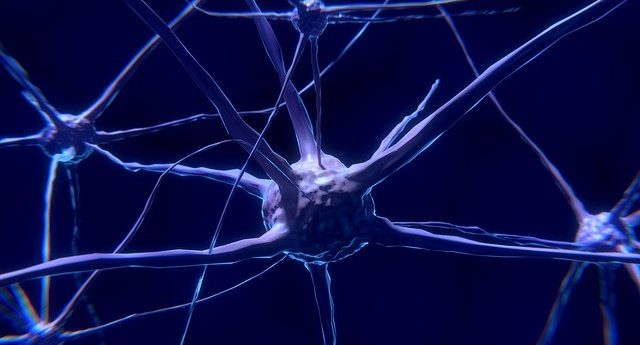Stem cells offer insights and hope for rare, genetic childhood disease

Two new studies detail progress in the use of stem cells to elucidate a possible underlying mechanism of Pelizaeus—Merzbacher disease (PMD) and identify potential treatments for this rare, sometimes fatal, genetic condition.
Pelizaeus—Merzbacher disease (PMD) is a rare, progressive, neurological disorder resulting from underproduction or loss of myelin. Patients with PMD often experience breathing difficulties and weakness. Now, two new studies report progress in the use of autologous, induced pluripotent stem cells (iPSCs) to elucidate a possible mechanism of PMD pathophysiology, and treat the disease by transplanting allogeneic neural stem cells into PMD patients’ brains.
In the more recent of the two studies, published in Cell Stem Cell, an international team of researchers from the UK and USA have harvested skin cells from PMD patients and employed iPSC technology to reprogram these into brain cells that could be studied in vitro.
Myelin-producing cells yielded in this way were found to rapidly die from iron-induced toxicity, hinting to a possible mechanism of PMD pathophysiology.
Frequently asked questions:
Further, this iron-induced oligodendrocyte toxicity could be prevented by deferiprone — an FDA-approved, iron chelating agent — which removes excess iron. Deferiprone effectively boosted myelin production in both in vitro and mouse model studies.
Marius Wernig, contributing study author from Stanford University’s School of Medicine (CA, USA), commented: “This work demonstrates the value of stem cell technology to allow us to elucidate the mechanisms of disease and potential therapies in the lab. Using patient-derived iPSCs, we could grow a patient’s own brain cells in the lab in order to better understand the biology of their disease and to directly test potential therapies.”
This study follows an earlier Stem Cell Reports publication, detailing 5-year follow-up results of a ground-breaking Phase I clinical trial concerning the transplantation of allogeneic neural stem cells into five PMD patients’ white matter.
No adverse effects were reported in four of the five patients and in two of the patients, MRI scan results suggested successful myelin preservation. However, two patients mounted immunological responses to the transplanted cells, suggesting transplant rejection may be a future obstacle.
Nalin Gupta, co-author of the second study and Chief of the Pediatric Neurosurgery Division at the University of California, Los Angeles (UCSF; CA, USA), stated: “This study primarily demonstrates that cell transplantation can be performed safely in PMD patients. There were also tantalizing clues that the transplanted cells survived and may be able to replace the myelin that these boys lacked, and important lessons for refining our approach in future studies.”
Senior study author of both studies David Rowitch, from UCSF and the University of Cambridge (UK), commented: “Together these studies advance the field of stem cell medicine by showing how a drug therapy could benefit myelination and also that neural stem cell transplantation directly into the brains of boys with PMD is safe…we hope [these studies] will one day lead to treatments for PMD.”
Sources:
Nobuta H, yang N, Ng YH et al. Oligodendrocyte death in Pelizaeus—Merzbacher Disease is rescued by iron chelation. Cell Stem Cell. doi: 10.1016/j.stem.2019.09.003. (Epub ahead of print) (2019);
Gupta N, Henry RG, Kang S-M et al. Long-term safety, immunologic response, and imaging outcomes following neural stem cell transplantation for Pelizaeus—Merzbacher Disease. Stem Cell Rep.13(2); 254—261; (2019);
What are oligodendrocytes?
Oligodendrocytes are specialized, myelin-produing cells of the central nervous system.
What is a myelin sheath?
A myelin sheath is a fatty covering over nerve axons. The sheath is essential for saltatroy conduction — the rapid conducting of action potentials along nerve axons that allow nerve cells to communicate.
What causes PMD?
PMD is an X-linked genetic disorder resulting from a mutation in PLP1, which encodes a protein critical for myelin production.